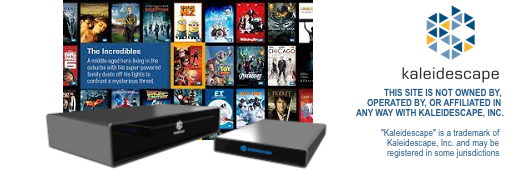awallacevt
New member
I have the Control 4 system in my house and love it. I have video distribution tho all the rooms that need it. Two Roku, two Comcast, and my Kaleidescape. Also, audio throughout the house, outside and pool area. No issues, no lags. Customizable touchscreens and remotes.
My only experience with Crestron is in a professional aspect. I'm not a fan of it, but I am a theatrical lighting professional and don't deal with the programming of the Crestron. We usually just take triggers over UDP to control the lighting. I have not come across it in a residential scenario.
I am not familiar with Savant so cannot talk about that.
My only experience with Crestron is in a professional aspect. I'm not a fan of it, but I am a theatrical lighting professional and don't deal with the programming of the Crestron. We usually just take triggers over UDP to control the lighting. I have not come across it in a residential scenario.
I am not familiar with Savant so cannot talk about that.


